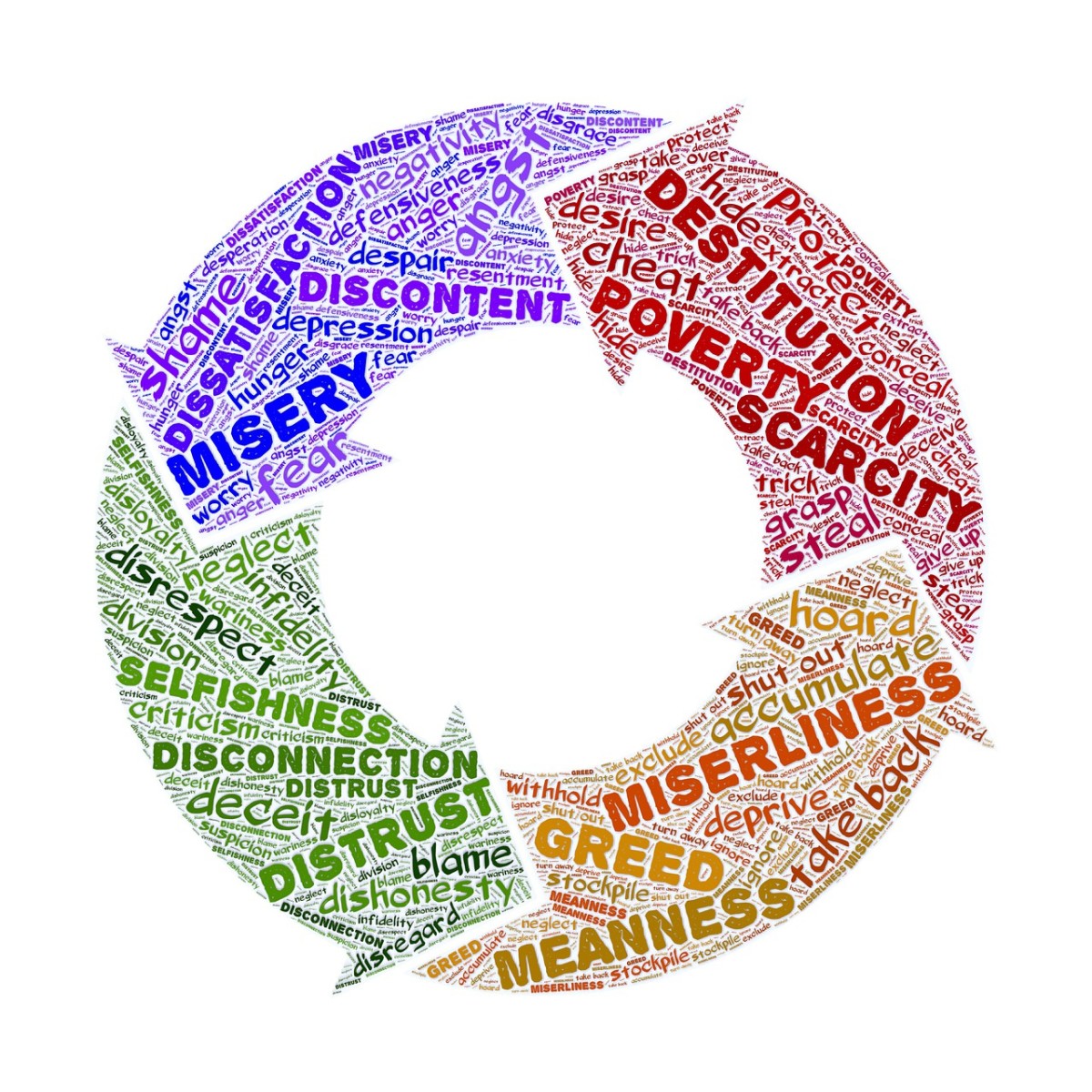- HubPages»
- Personal Finance»
- Tax & Taxes»
- Income Tax
The Earned Income Credit: What it is and how to qualify for it
IRS explains how EITC works
The Earned Income Tax Credit: Origins and Policy Rationale
The Earned Income Tax Credit was enacted in 1975 to help the working poor by creating a cash subsidy to offset the Social Security and Medicare taxes deducted from paychecks. It is essentially a form of welfare administered through the tax system, although it differs from traditional welfare in that one must work to receive a benefit. It is now the federal government's largest means-tested welfare program.
Social Security and Medicare taxes are listed on paystubs under a line item that reads "FICA." They total 7.35% and are collected from the first dollar earned. They are frequently the only form of federal tax paid by low-income workers. because income taxes don't begin to take effect until an individual earns more than $9,500 due to the standard deduction of $5,800and personal exemption of $3,700. A family of four typically won't owe any federal income tax until it earns more than $26,400.
The EITC program has generally been supported by both Republicans and Democrats in Congress and the White House because it was viewed as a favorable alternative to welfare programs. President Ronald Reagan famously called it "the best antipoverty, best pro-family, and best job creation measure to come out of Congress." Daniel Patrick Moynihan, the late Democratic senator from New York and chief advocate of the policy as a White House official, dubbed its passage "The most important piece of social legislation since the New Deal."
This bipartisan support has been tested in recent decades by rampant levels of fraud and error associated with the program. The ability to claim large tax refunds caused a rash of bogus claims in the 1990s as criminals claimed fictious children to bolster claims. The IRS cracked down by cross-referencing children's Social Security Numbers. But problems persist. The Government Accountability Office identified the EITC program as having the fourth-highest fraud and error rate. In 2010, approximately $16.9 billion in erroneous payments were sent to tax filers, an increase of 37.6% compared to 2009. Congressional Republicans have targeted waste and fraud associated refundable tax credits like the EITC for more scrutiny in these austere times. Others see the EITC as noble policy but argue welfare shouldn't be administered through the tax code.
President Obama Seeks EITC Expansion
In his 2014 State of the Union Address, President Barack Obama explicitly called for expanding the EITC so that it benefits more working adults who do not have children. He specifically backed a proposal by Florida Senator Marco Rubio, a Republican.
"There are other steps we can take to help families make ends meet, and few are more effective at reducing inequality and helping families pull themselves up through hard work than the Earned Income Tax Credit,” Obama said. “Right now, it helps about half of all parents at some point. But I agree with Republicans like Senator Rubio that it doesn’t do enough for single workers who don’t have kids. So let’s work together to strengthen the credit, reward work, and help more Americans get ahead.”
How much EITC can I get?
The EITC, sometimes referred to as the EIC, is a dollar-for-dollar reduction of income tax owed. It is also refundable, which means that in cases where the tax credit exceeds the tax owed, the government sends the taxpayer a check for the difference.
A very simple example: A family of four earns $30,000 and qualifies for a $3,000 EITC. The family would owe 10% tax on $3,600 (the taxable income left after you subtract $26,400 in standard deductions and personal exemptions) or about $360. Instead of paying that tax, they'd get a check from the government for $2,640 (which is $3,000 minus $360).
Eligible taxpayers who earned less than $47,098 in 2011 can claim a maximum of $5,751 in EITC, and in some states they can claim even more. But you have to file a tax return and meet eligibility requirements.
The IRS says only 80% of those eligible for the Earned Income Tax Credit actually earn it. The tax agency paid out $59 billion in tax credits to 26 million Americans last year. The average credit was $2,100.
According to the IRS, those at risk for neglecting to claim the benefit include families whose earnings declined or had a change in marital or parental status, those who don't speak English well, Native American Indians, and those living in rural areas. Other underserved populations include people with disabilities or those who are raising people with disabilities, low-income childless workers, those who don't earn enough money to file a tax return, and non-traditional households, such as a grandparent raising a grandchild.
In order to claim the credit, you have to file a tax return. You can get free assistance with this in many places.
Select the one you agree with:
How do I qualify for the EITC?
To qualify for the EITC you must first have income from a job, including self-employment income. That's the "earned income" for which you get credit. The amount you can get depends on a number of factors, chiefly: how much money you earned and whether or not you have young children. You also have to meet certain criteria.
If you don't have children, you qualify if you earn less than $13,600 if you are single or $18,740 if you are married and file joint tax returns. You must have lived in the United States for at least half the year. You must be between the ages of 25 and 65 (or, if you're married, one spouse must be between those ages). And, no one else can claim you as a dependent on their own tax return (which at those ages is only likely if you are disabled or possibly a student). Your maximum tax credit is $464.
If you have children, the rules are more complicated. Your children must have a Social Security Number. The children must live with you for at least half of the year in the United States and be related to you, either as a son, daughter, adopted child, stepchild, grandchild. The child could even be a sibling, niece, or nephew in some cases.
The child must be 18 years or younger, unless he or she is a full-time student, in which case the child must be younger than 24 (the age requirement is waived if the child has a permanent and total disability). The child must also be younger than you or, if you are married, younger than the youngest spouse.
Here are the income thresholds for the 2014 tax year:
- $46,997 ($52,427 married filing jointly) with three or more qualifying children
- $43,756 ($49,186 married filing jointly) with two qualifying children
- $38,511 ($43,941 married filing jointly) with one qualifying child
- $14,590 ($20,020 married filing jointly) with no qualifying children
In 2014, there are maximum credits:
- $6,143 with three or more qualifying children
- $5,460 with two qualifying children
- $3,305 with one qualifying child
- $496 with no qualifying children
Investment income must be $3,350 or less for the year.
One last general rule: You can't qualify if you earn more than $3,150 of income from investments.
You can check your own eligibility using this tool at the IRS Web site.








